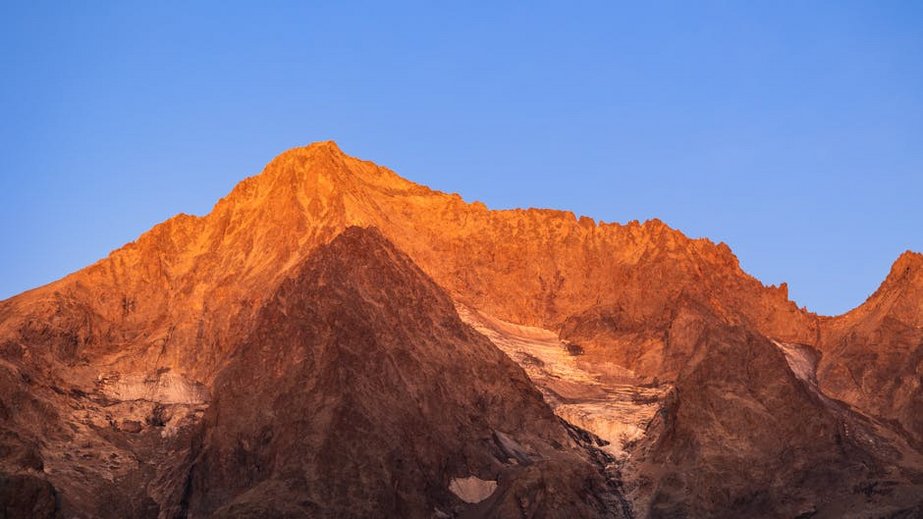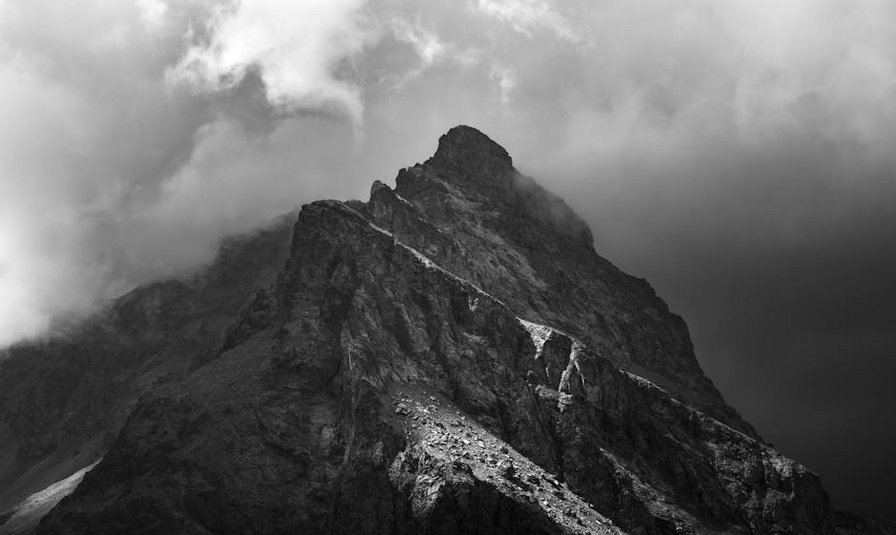Mountain Biking Routes in the French Alps
If you’re seeking the ultimate mountain biking adventure, look no further than the mountain biking routes in the French Alps. This legendary mountain range offers some of the most spectacular and challenging trails in Europe, attracting riders from beginners to professional athletes. The combination of breathtaking alpine scenery, well-maintained trails, and vibrant mountain culture creates an unforgettable experience that will test your skills and reward you with memories to last a lifetime. Whether you prefer technical downhill runs, flowing singletrack, or epic cross-country journeys, the French Alps deliver world-class mountain biking routes that cater to every riding style and ability level. The region’s extensive network of trails connects charming alpine villages, pristine lakes, and high mountain passes, offering endless exploration possibilities during the summer riding season.
Mountain Biking Routes in the French Alps – Essential Information
Before embarking on your alpine mountain biking adventure, understanding the region’s geography and trail system is crucial. The French Alps span several departments including Savoie, Haute-Savoie, Isère, and Hautes-Alpes, each offering distinct riding experiences. The trail network includes everything from gentle forest paths to extreme downhill courses, with many routes accessible via ski lift systems during summer months. Most resorts offer bike parks with graded trails (green to black) similar to ski difficulty ratings, making it easy to choose routes matching your skill level. The riding season typically runs from June to September, though higher elevations may remain snow-covered until July. You’ll find excellent infrastructure including bike rental shops, guided tours, and bike-friendly accommodation throughout the region.
Trail Difficulty Classification – What You Need to Know
- Green trails are beginner-friendly with gentle gradients and wide paths, perfect for families and those new to mountain biking
- Blue routes offer moderate challenges with some technical features and steeper sections, suitable for intermediate riders
- Red trails provide advanced technical riding with obstacles, drops, and demanding climbs for experienced bikers
- Black routes are extremely difficult with severe gradients, large drops, and highly technical features for expert riders only
- Budget option: Camping or hostel accommodation, self-guided riding, and bringing your own bike – approximately $50-80 per day
- Mid-range option: Hotel or apartment rental, lift passes, and bike rental – approximately $150-250 per day
- Luxury option: Guided tours, premium accommodation, and high-end bike rentals – approximately $300-500+ per day
- France Montagnes – Official French Mountain Resorts Association
- Outdoor Active – Comprehensive Trail Maps and Information
Essential Gear and Equipment – Key Details
Proper equipment is non-negotiable for mountain biking routes in the French Alps. A well-maintained mountain bike with appropriate suspension (full suspension recommended for downhill) is essential, along with a quality helmet that meets safety standards. Additional protective gear including knee and elbow pads, gloves, and body armor is highly recommended, especially for technical downhill riding. You’ll need a repair kit with spare tubes, multi-tool, pump, and chain breaker, as well as navigation tools since mobile service can be unreliable in remote areas. Weather changes rapidly in the mountains, so pack waterproof layers, extra clothing, and sufficient food and water for longer rides between villages.

Mountain Biking Routes in the French Alps – Planning Your Trip
Strategic planning ensures you make the most of your mountain biking adventure in the French Alps. The region offers numerous world-class destinations, each with unique characteristics and trail networks. Popular bases include Les Gets, Morzine, Chamonix, Alpe d’Huez, and Les Deux Alpes, all offering excellent infrastructure and lift access during summer months. Consider the type of riding you prefer—downhill parks, enduro trails, or cross-country routes—when choosing your base location. Many resorts offer multi-day passes for lift access, which significantly expands your riding possibilities without exhausting climbs. Booking accommodation well in advance is essential, especially during July and August when European holiday periods bring increased visitors to the Alps.
Best Time to Visit Mountain Biking Routes in the French Alps
The optimal time for mountain biking routes in the French Alps depends on snow conditions and your preferred riding style. June offers quieter trails and lush landscapes as resorts open their summer operations, though higher elevation routes may remain closed. July and August provide the most reliable weather with all trails typically accessible, though these months also bring the largest crowds and highest prices. September is arguably the best month for experienced riders, with cooler temperatures, fewer visitors, and stable trail conditions. Early season riders should check resort websites for opening dates of specific trails and lift systems, as snowmelt varies significantly each year based on winter conditions.
Budget Planning and Costs for Alpine Mountain Biking
Essential Preparation Checklist for Alpine Riding
Physical preparation is crucial for enjoying mountain biking routes in the French Alps. Begin training several months before your trip, focusing on cardiovascular endurance and leg strength through regular cycling, hiking, or gym workouts. Familiarize yourself with your bike and ensure it receives a professional service before departure, paying special attention to brakes, suspension, and drivetrain components. Research your chosen destination’s specific requirements, including any necessary reservations for bike transport on lifts or public transportation. Pack appropriate clothing for variable mountain weather, including waterproof layers, warm mid-layers, and sun protection. Finally, arrange travel insurance that specifically covers mountain biking activities, as standard policies often exclude adventure sports.
Mountain Biking Routes in the French Alps – Top Destinations and Trails
The French Alps boast an incredible variety of world-class mountain biking destinations, each offering unique experiences and trail networks. Portes du Soleil, spanning the French-Swiss border, represents one of the largest bike areas in Europe with over 600km of marked trails connecting 12 resorts. Les Gets and Morzine serve as the French hubs for this massive network, offering everything from gentle family trails to extreme downhill courses. Further south, the legendary Alpe d’Huez features the infamous 16km downhill black run from Pic Blanc at 3,330 meters elevation, delivering an adrenaline-pumping descent with breathtaking views. Chamonix Valley offers technical riding amidst spectacular glacier views, while Les Deux Alpes provides high-altitude trails with minimal tree cover for riders seeking exposure and panoramic vistas.
Must-See Highlights and Iconic Trails
Among the countless mountain biking routes in the French Alps, several stand out as truly iconic experiences. The Tour de France route around Mont Blanc offers a multi-day cross-country adventure through France, Italy, and Switzerland, though most riders tackle sections rather than the entire route. The downhill track from Aiguille du Midi in Chamonix provides extreme technical challenges with unparalleled mountain scenery. In Portes du Soleil, the “Swiss Wall” presents one of the most famous and challenging downhill sections in Europe, featuring steep, rooty terrain that tests even expert riders. For enduro enthusiasts, the trails around Samoëns offer perfect natural terrain with flowing sections through forests and alpine meadows, while the bike park in Tignes provides high-altitude riding above 2,000 meters with incredible panoramic views.
Hidden Gems and Local Favorites
Beyond the famous resorts, numerous lesser-known destinations offer exceptional mountain biking routes in the French Alps without the crowds. The Aravis region between Annecy and Chamonix features beautiful natural trails through traditional farming country with authentic mountain culture. The Queyras Regional Natural Park near the Italian border offers remote, wild riding experiences with minimal development and incredible biodiversity. The Belledonne massif east of Grenoble provides technical trails with challenging climbs and rewarding descents, favored by local riders seeking solitude. The Vercors Regional Natural Park features stunning limestone landscapes with both forested trails and high plateau riding, offering a different geological experience from the high Alps proper.
Mountain Biking Routes in the French Alps – Practical Travel Information
Navigating the French Alps requires understanding transportation options, accommodation choices, and local services. Most international travelers fly into Geneva (GVA) or Lyon (LYS) airports, both offering excellent connections to alpine resorts via rental car or shuttle services. Within the mountains, having a vehicle provides flexibility to explore different areas, though many resorts are connected by efficient bus systems during summer months. Accommodation ranges from campgrounds and hostels to luxury hotels and self-catered apartments, with many properties offering secure bike storage and cleaning facilities. Most towns feature multiple bike shops offering rentals, repairs, and guiding services, though advance reservations are recommended during peak season. The region boasts excellent dining options from casual mountain restaurants to fine dining establishments, with many catering specifically to active travelers.
| Transportation Type | Options/Features | Price Range (USD) |
|---|---|---|
| Rental Car | Full-size vehicle with bike rack, unlimited mileage | $60-120 per day |
| Shuttle Services | Airport transfers and inter-resort transportation | $30-80 per journey |
| Lift Passes | Single day to weekly passes for bike transport | $30-60 per day |
| Bike Rental | Full suspension downhill to cross-country bikes | $40-100 per day |


